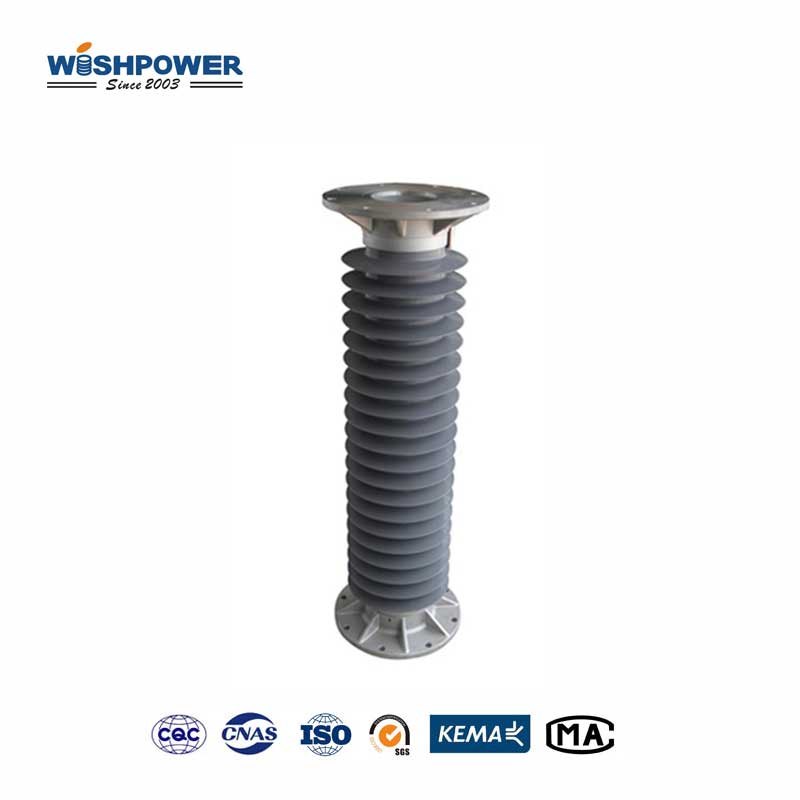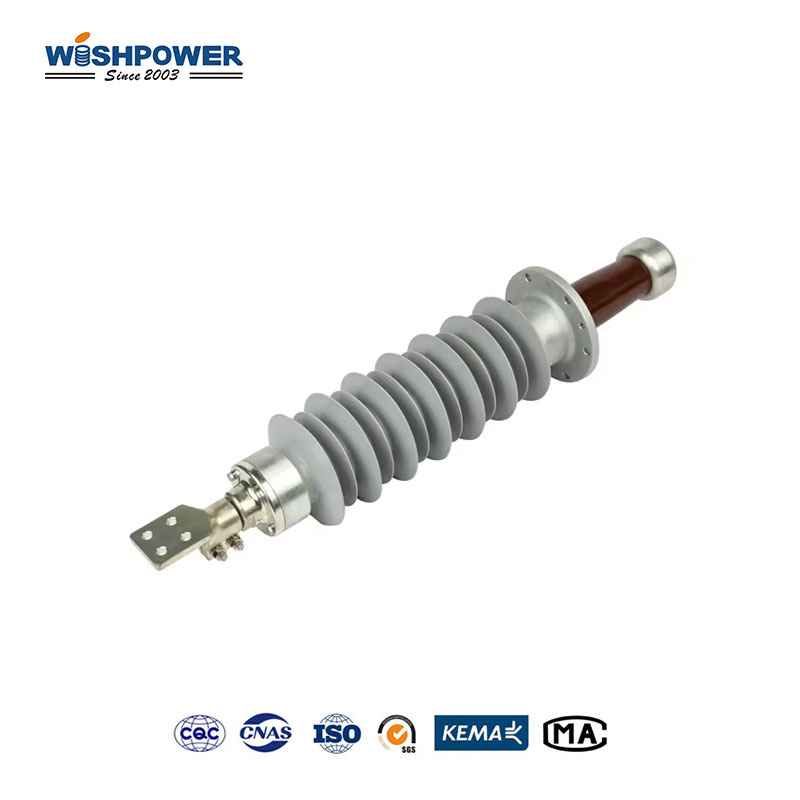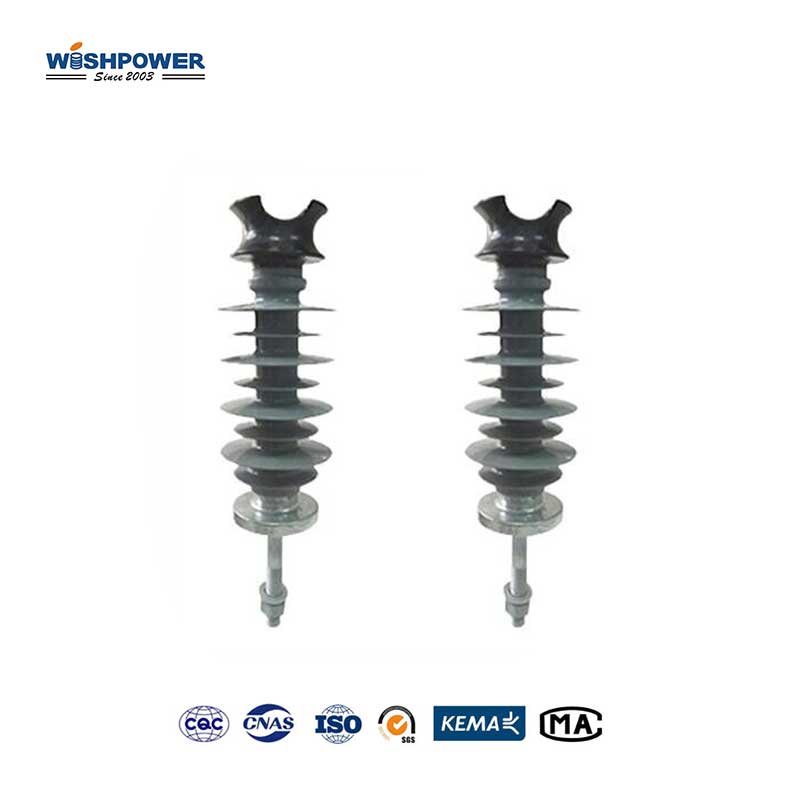Bushings in transformers are important components that physically offer an insulation channel for electric conductors to pass through an earthed shield such as the transformer casing. These are vital parts to ensure that the electricity transport or distribution within power systems is safe and efficient, by protecting against electrical faults while lowering leakage current.

Why do we need bushings on transformers?
When using transformers, the main purpose of bushing is to provide an avenue through which a high-voltage conductor can pass through a grounded enclosure of the equipment. Transformers are always packed in metal cabinets and due to safety considerations, the metal cabinets should be earthened. But the conductors that carry the current have to be insulated whenever they are exiting or getting entered by the transformer. Bushings offer this insulation to keep current away from the grounded housing which may create short circuits, equipment damage, or pose a safety threat.
What are the types of transformer bushings?
Porcelain Bushings:
These bushings have been used for many years because of their ability to insulate as well as the ability to resist strong forces. They are of porcelain material and are used in high-voltage circuits, for which they are well noted. Nevertheless, they are very massive, they are also relatively fragile and often they are easily prone to cracking or shattering under mechanical loads or harsh weather conditions for instance; high wind loads or any kind of earthquake force.
Resin Impregnated Paper (RIP) Bushings:
RIP bushings use the primary insulating material that is resin-impregnated paper and the dielectric strength in these bushings is fairly good. They are lighter than porcelain bushings and give better performance in the aspect of partial discharge. But then again it has its drawbacks in managing with an extreme form of climate or weather conditions.
Composite Bushings:
Composite bushings are a more modern form of the unit utilizing such materials as an epoxy-fiber glass epoxy core material and a silicone rubber sheath. This construction offers very good electrical insulation, and mechanical strength together with excellent resistance to environmental conditions. Composite bushings are lighter and stronger cost less compared to porcelain bushings and do not explode by shattering. These are well suitable for use in areas that are characterized by adverse conditions including regions near the sea, regions with high levels of pollution, and regions with high earthquake risks.
Advantages of Composite Bushings
1. Enhanced durability and safety:
Composite bushings are mechanically stronger and are less likely to fail in some drastic manner. Porcelain bushing material may shatter into sharp pieces when exposed to mechanical shock, composite bushing material is equally strong and capable of withstanding the shocks without breaking into sharp pieces that may cause injuries or destruction of other complementary equipment.
2. Lightweight and easier to install:
This means that without having to compromise on the design capacity of the bushings, it is possible to save a lot of time and cost on handling and installation of the composite bushings than in the traditional steel bushings. This can help to reduce costs and enable faster deployment as is the case with large projects most of the time.
3. Excellent environmental resistance:
The composite bushing is composed of a silicone rubber shell which has a strong ability to resist UV pollution moisture and salt. Silicone is also non-conductive and does not permit the formation of conductive water films thus minimizing the chances of electrical flashover.
4. Lower maintenance requirements:
They are normally more resistant to environmental degradation than the traditional porcelain bushings hence they need a low level of maintenance. This results in lesser operating expenses right from the time the transformer is purchased up to the eventual time it will be retired.
Future trends and adoption of composite bushings
The use of composite bushings is expected to rise shortly as manufacturing industries seek more efficient and long-lasting electrical parts. With scientific and technological progress in the practical application of power grids especially in extreme environmental conditions, the above-mentioned superiority of composite bushings is expected to further promote the comprehensive acceptance of composite bushings in the power industry. Besides, with the development of material science and manufacturing technology, it is possible to foresee that composite bushing would show more enhanced performances and cost competitiveness for future transformer applications.
What is bushing in a transformer?
Bushings are very important components of transformers intended to ensure safe operations and offer electrical insulation to the high-voltage conductors. Although the use of porcelain bushings has dominated the industry, the enhancement and creation of composite bushings provide the following benefits durability, safety, and the effect on the environment. Therefore, while the power industry focuses on ensuring the reliability and rationality of costs, composite bushings appear to be an increasingly viable product in the field of transformers to address emerging requirements for modern energy systems.
If you have different opinions or want to know more, please leave a message on the website or contact us directly at info@wishpower.net

















